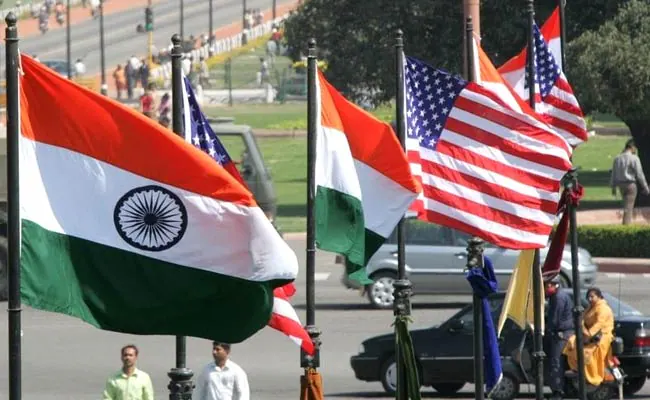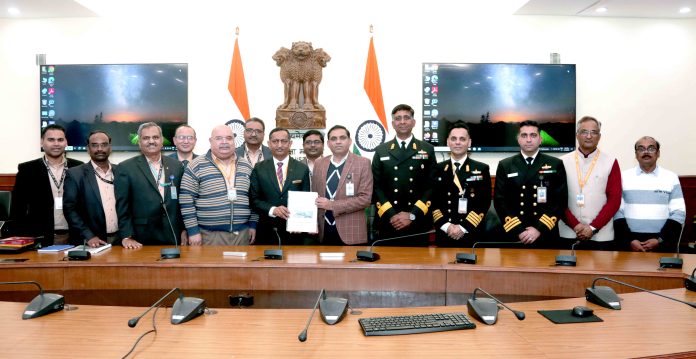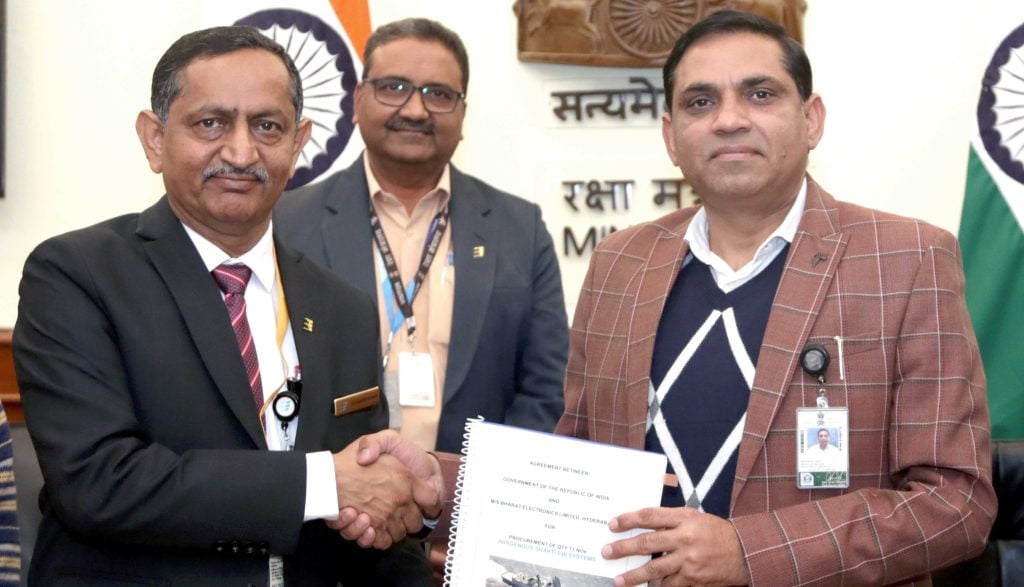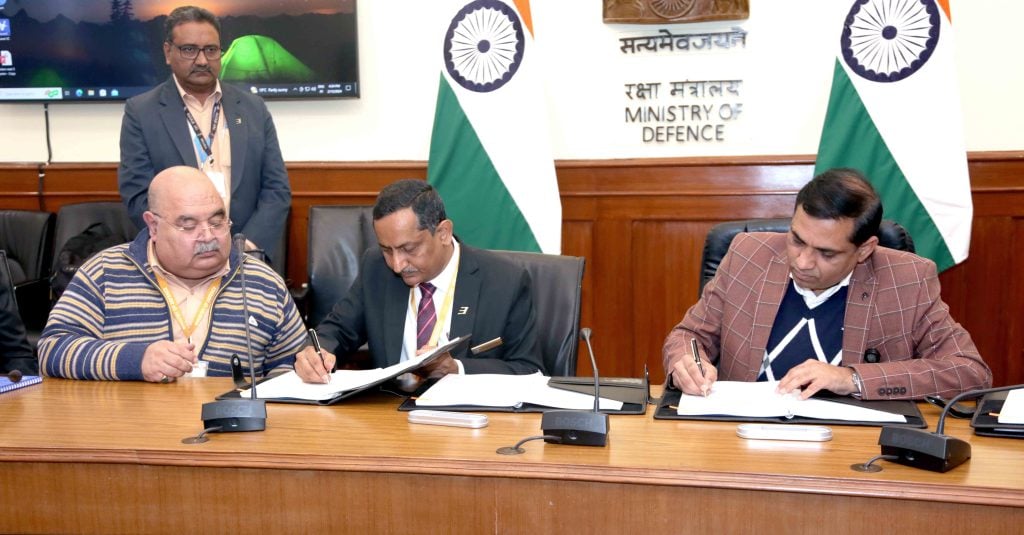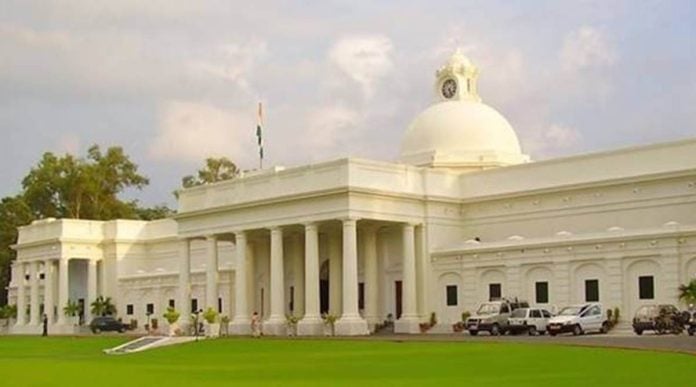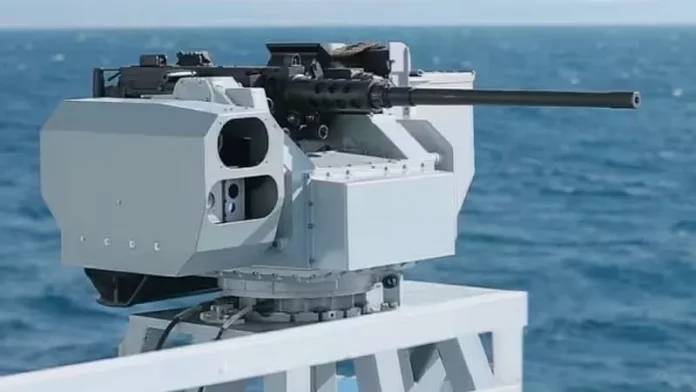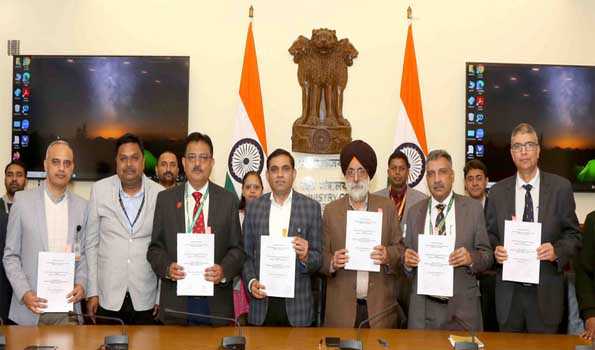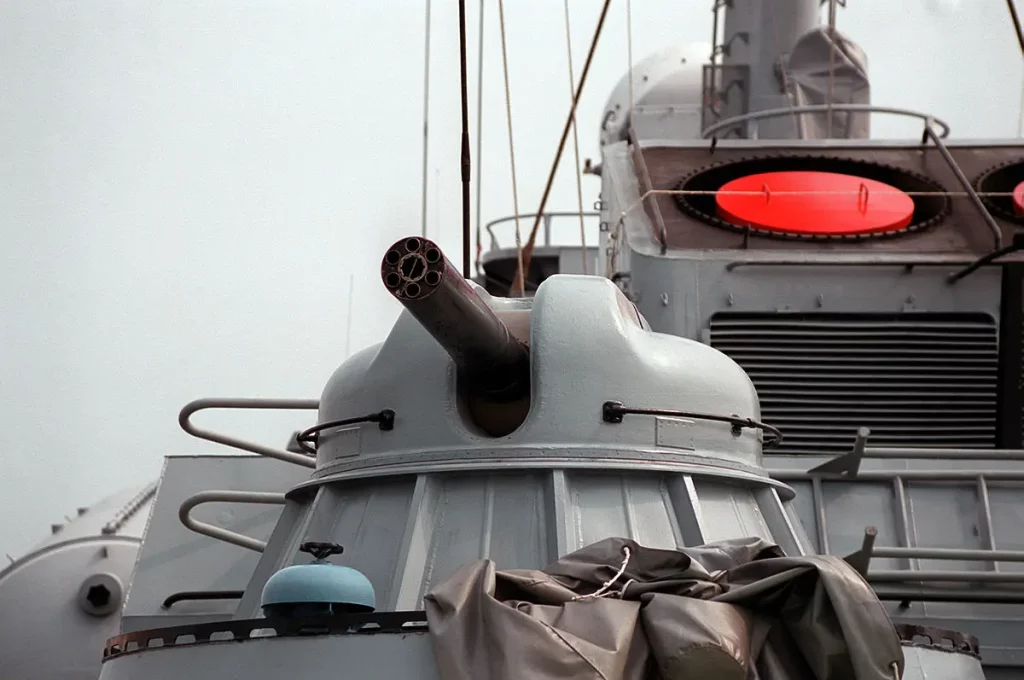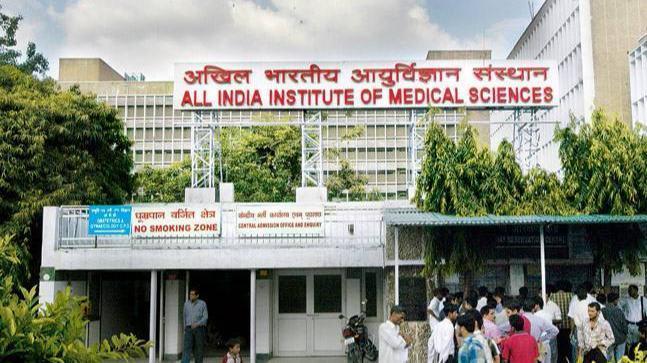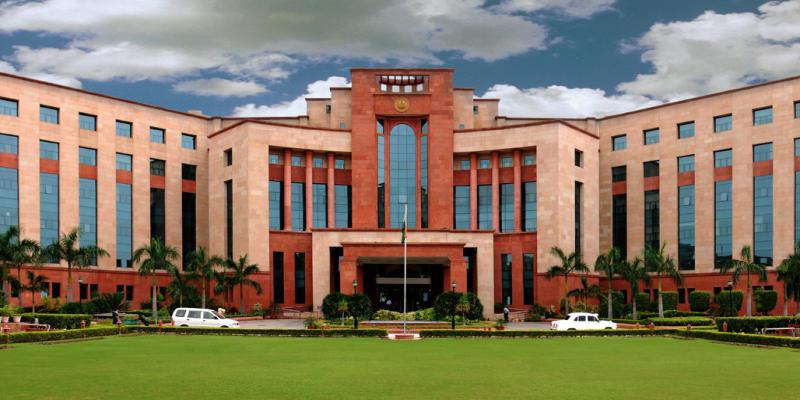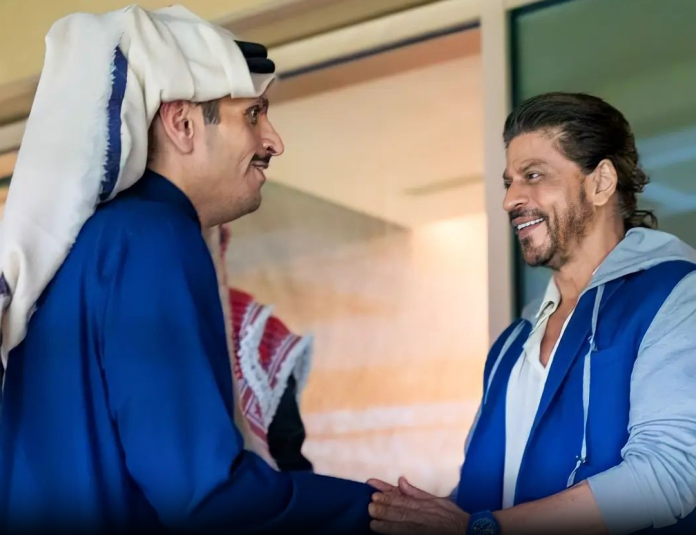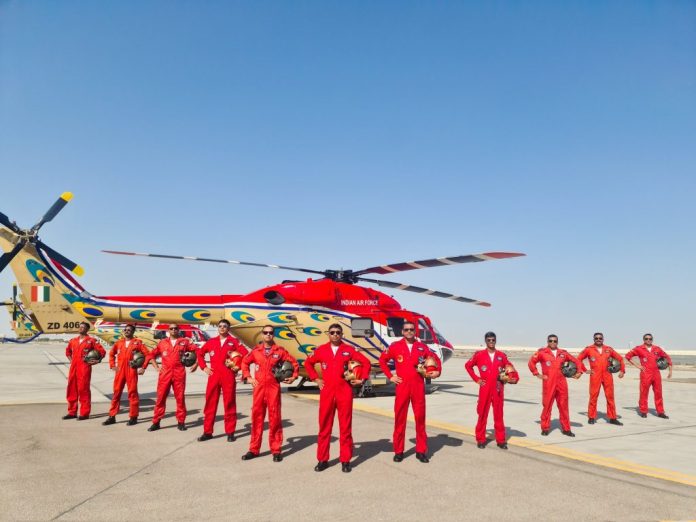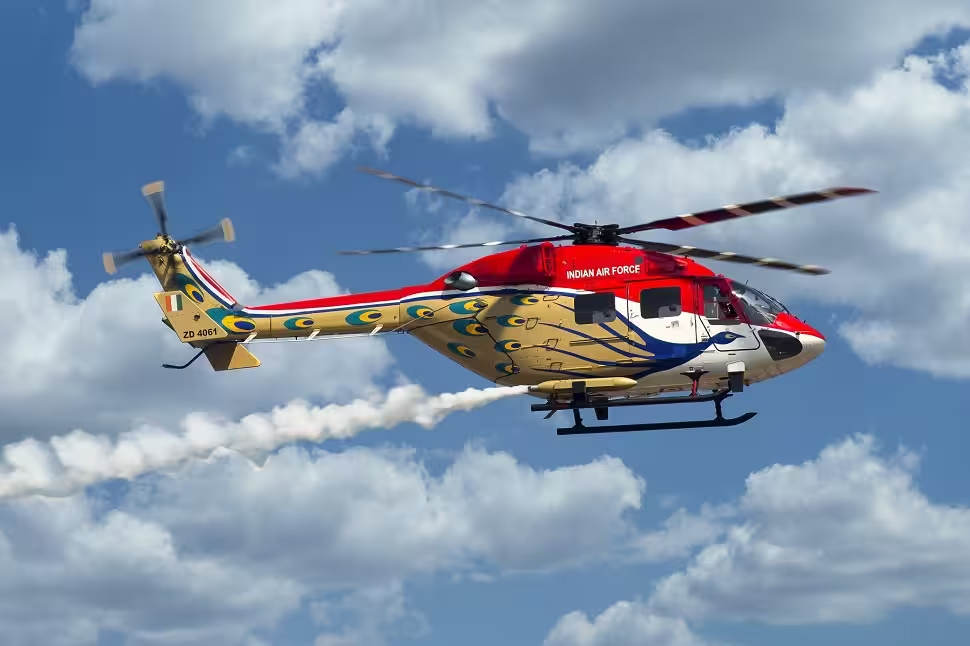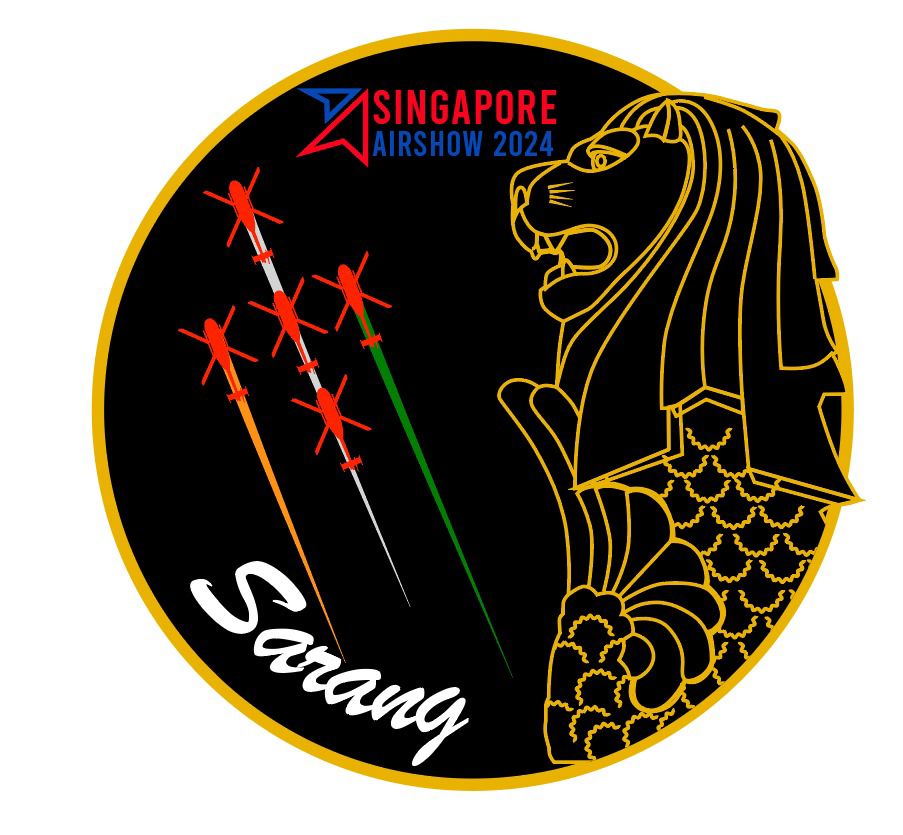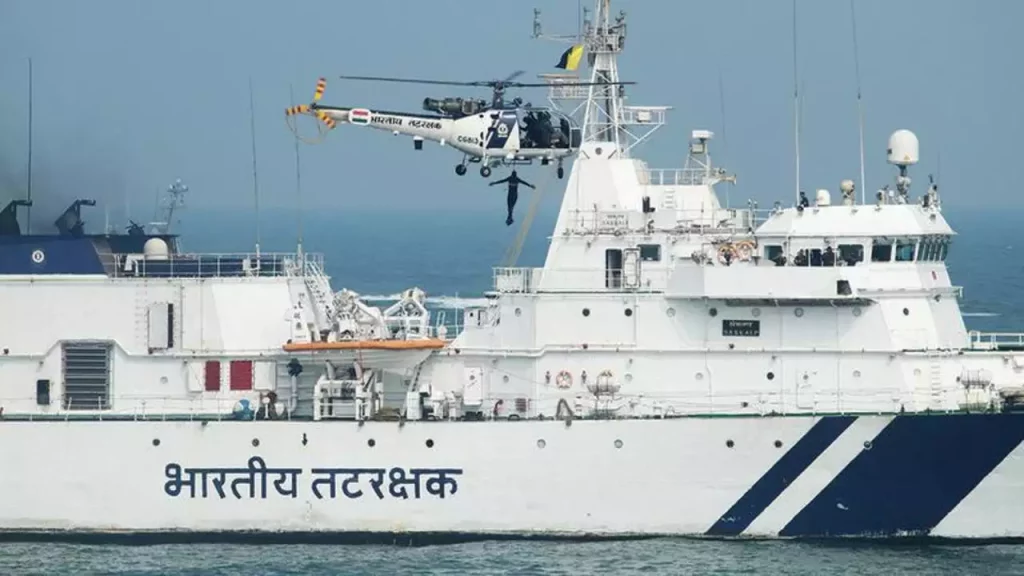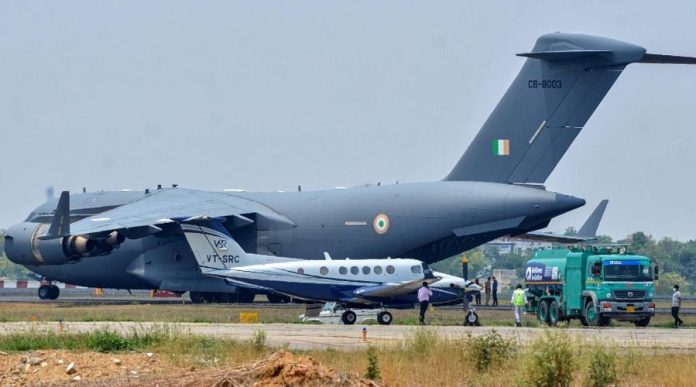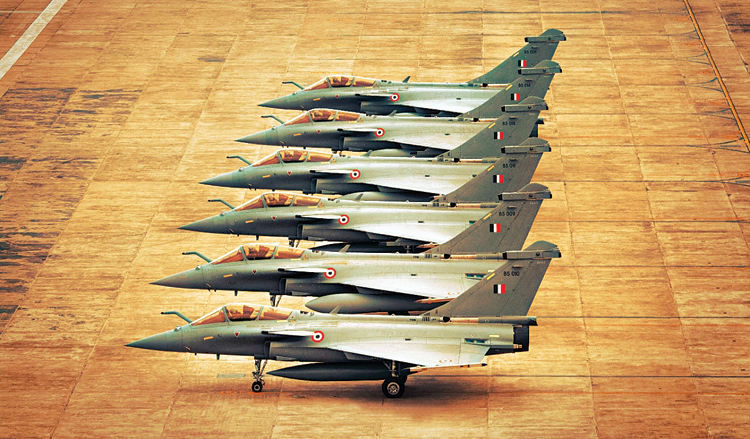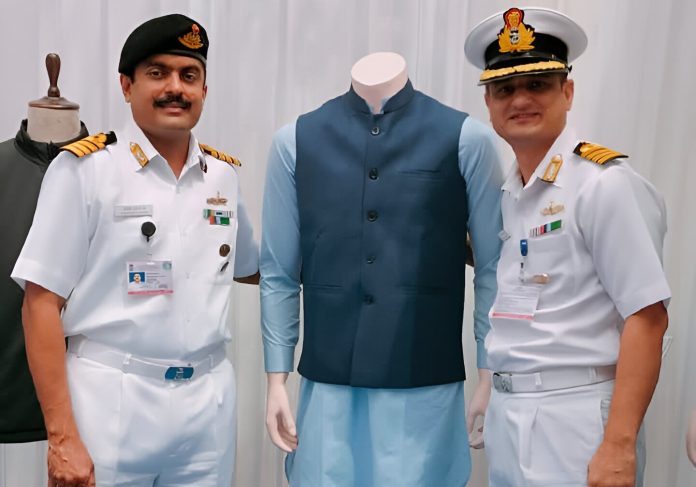In a recent press briefing held at the Pentagon, Deputy Press Secretary Sabrina Singh reaffirmed the robust military-to-military relationship between the United States and India.
Singh highlighted the effective communication channels between the two countries’ armed forces, emphasizing the importance of maintaining close ties. “We have a great military-to-military relationship with India, good communications. We’re going to continue to monitor what’s happening in the region, but I don’t have more to share on any updates,” she stated.
Singh’s remarks come amidst heightened diplomatic activity between India and the US, particularly regarding military cooperation and strategic discussions. Speculations regarding potential high-level visits from Indian officials were addressed by Singh, who mentioned, “I don’t have any visits to read out from officials from the Indian Government. At least here at the department. I can’t speak for other officials across the interagency.”
Furthermore, the Pentagon’s attention towards the situation in Pakistan following the recent elections on February 8 underscores the region’s geopolitical significance and the US’s strategic interests in South Asia.
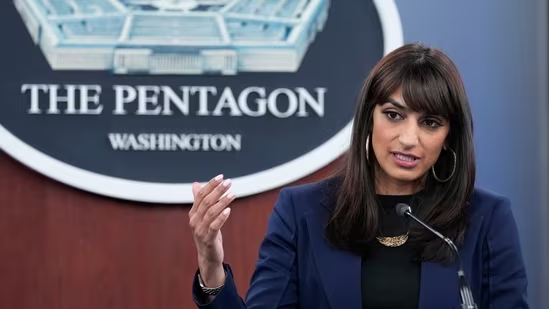
Meanwhile, a significant development in the Indo-US military relations is the official tour of Chief of Army Staff, General Manoj Pande, to the US. Commencing on February 13, the four-day visit aims at fostering deeper ties and exchanging insights on various strategic and operational matters.
General Pande’s engagements include high-level discussions and interactions with General Randy George, the United States Chief of Staff of the Army, and other senior military leaders.
The visit’s agenda features a series of prestigious events, including a US Army Honour Guard ceremony and a comprehensive tour of the Pentagon.
Key topics for discussion include the transformation of the Indian Army, global threat perceptions, future force development, and co-production initiatives. General Pande is also scheduled to visit prominent military institutions and units, highlighting the breadth and depth of Indo-US defence collaboration.
The Ministry of Defence’s press release underscores the significance of this visit in bolstering the Indo-US defence relationship. It symbolizes a mutual commitment to enhancing military cooperation, exchanging strategic perspectives, and working together towards global peace and security.
Recent diplomatic engagements, such as the Indo-Pacific Army Chiefs Conference (IPACC), further solidify the shared values and interests between the Indian Army and the United States Army.
With a focus on peace, democracy, and stability across regions, these interactions exemplify the strong partnership between India and the US in addressing contemporary security challenges.
As both nations navigate evolving geopolitical dynamics, the ongoing dialogue and cooperation between their respective armed forces remain vital for promoting stability and security in the Indo-Pacific region and beyond.

